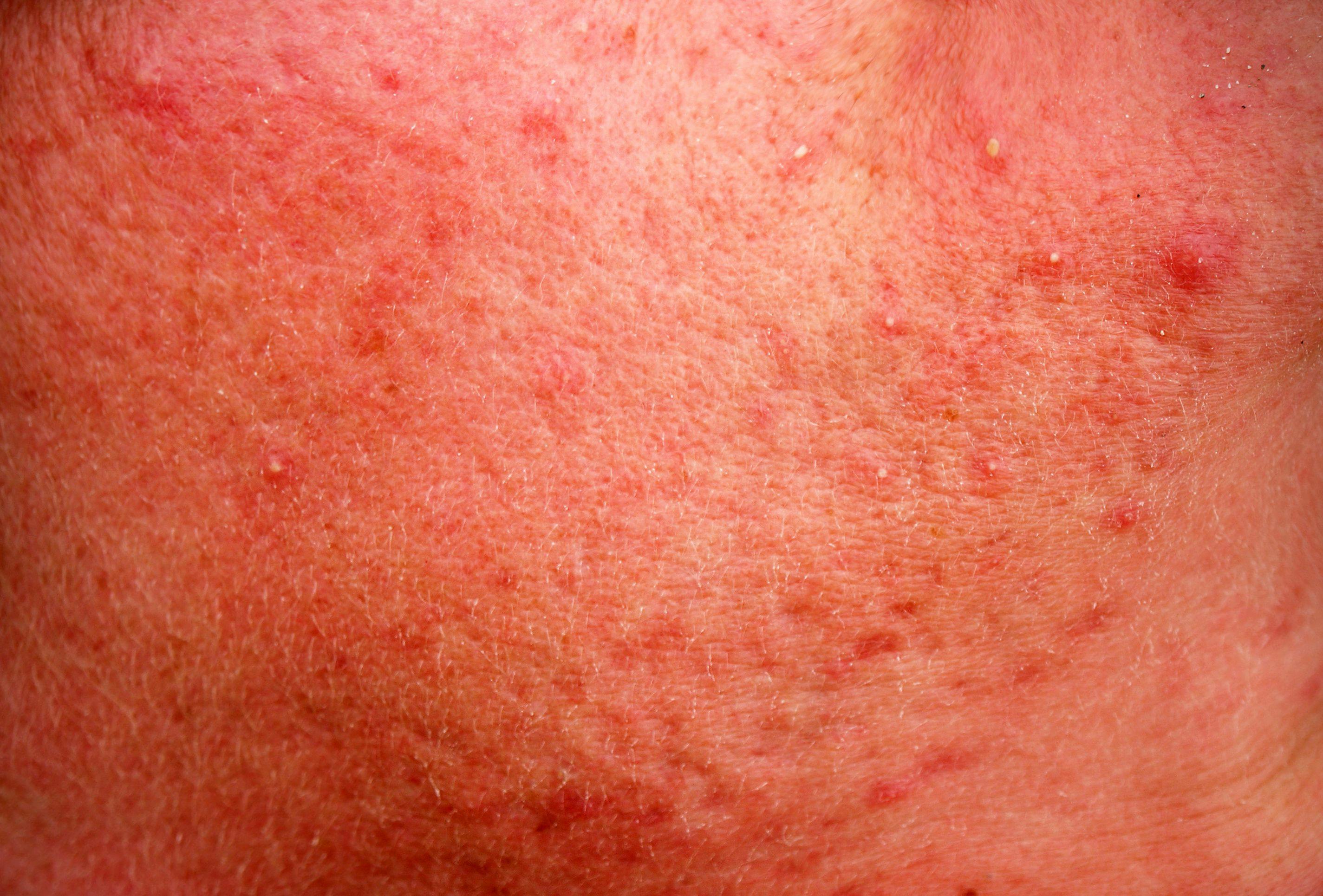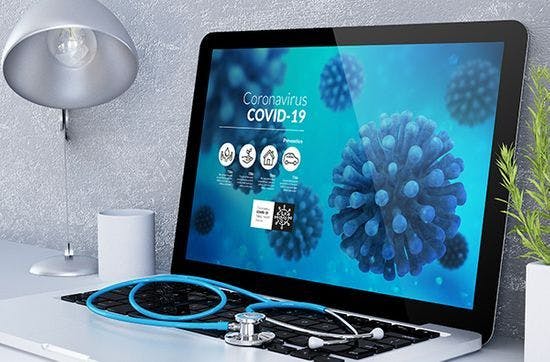- Acne
- Actinic Keratosis
- Aesthetics
- Alopecia
- Atopic Dermatitis
- Buy-and-Bill
- COVID-19
- Case-Based Roundtable
- Chronic Hand Eczema
- Chronic Spontaneous Urticaria
- Drug Watch
- Eczema
- General Dermatology
- Hidradenitis Suppurativa
- Melasma
- NP and PA
- Pediatric Dermatology
- Pigmentary Disorders
- Practice Management
- Precision Medicine and Biologics
- Prurigo Nodularis
- Psoriasis
- Psoriatic Arthritis
- Rare Disease
- Rosacea
- Skin Cancer
- Vitiligo
- Wound Care
Publication
Article
Dermatology Times
Risankizumab outperforms secukinumab at one year
Author(s):
A phase 3b study investigating the efficacy and safety of risankizumab compared to secukinumab showed positive results, with risankizumab demonstrating noninferiority to secukinumab at week 16, and superiority at week 52.
In the IMMerge phase 3b trial against secukinumab, risankizumab met both of its primary endpoints — noninferiority at week 16 and superiority at week 52 — with no new safety signals.
“Although we know we have many efficacious treatments for psoriasis,” says principal investigator Richard B. Warren, BSc, MBChB (Hons), FRCP, Ph.D., “it is important to be able to decide which drug is best used where, and which drugs are better than others. Therefore, head-to-head studies are important.” Improving patients’ quality of life requires identifying treatments with greater efficacy and dosing convenience, he adds. Prof. Warren is a dermatologist at The Dermatology Centre, Salford Royal NHS Foundation Trust in Salford & and The University of Manchester, United Kingdom.
IMMerge phase 3b was a randomized, open-label (both arms), efficacy assessor-blinded study that evaluated the interleukin (IL)-23 inhibitor risankizumab against secukinumab, which blocks IL-17A. Investigators randomized 164 and 163 patients with moderate-to-severe plaque psoriasis, respectively, to the following regimens:
- Risankizumab 150 mg (two 75 mg subcutaneous injections at baseline, week four and every 12 weeks thereafter)
- Secukinumab 300 mg (two 150 mg subcutaneous injection at baseline, weeks one through four, and monthly thereafter)
The most notable baseline characteristics in both groups, Prof. Warren says, were a significant level of prior biologic use (62 patients/37.8% and 58 patients/35.6% for risankizumab and secukinumab, respectively) and a high proportion of patients with body weight above 100 kg (52 patients/31.7% and 54 patients/33.1%, respectively).
At week 52, the proportions of patients in the risankizumab and secukinumab arms who completed the study were 151 (92.1%) and 135 (82.8%), respectively. The dropout rate in the secukinumab arm was driven by slightly higher rates of adverse events (five patients/3.1%) and lack of efficacy (seven patients/4.3%) in this arm, he says. The corresponding figures for risankizumab were one patient (0.6%) in each category.
Among primary endpoints, the proportions of patients in the risankizumab and secukinumab arms who achieved Psoriasis Area and Severity Index (PASI) 90 at week 16 were 74% and 66%, respectively (this endpoint had a 12-point margin for noninferiority). PASI 90 rates at week 52 were 87% and 57%, respectively (P<0.001).1
Ranked secondary endpoints at week 52 also favored risankizumab. Specifically, 66% of patients in this group achieved PASI 100, versus 40% for secukinumab. Additionally, 88% of risankizumab-treated patients achieved static physician global assessment (sPGA) scores of zero or one (clear or almost clear), versus 58% in the secukinumab arm (P<0.001 in PASI and sPGA analyses).
Overall, the number of treatment-emergent adverse events (TEAEs) was similar across both groups, about 70%. TEAEs leading to drug discontinuation were more common in the secukinumab arm — 4.9%, versus 1.2% for risankizumab.
Through 52 weeks, three serious infections occurred in the risankizumab arm (1.8% of patients), versus none in the secukinumab arm. However, says Dr.Prof. Warren, the study’s relatively small size could account for this apparent disparity. “We can get numerical imbalance when we have smaller numbers of patients within a study. Therefore, safety is best contextualized across the whole study programs for various drugs.” In the UltIMMA-1 and UltIMMA-2 phase 3 trials, 4/588 risankizumab-treated patients (0.7%) experienced serious infections between weeks 16 and 52.2 Ustekinumab-treated patients experienced a similar rate of serious infections.
IMMerge 52-week data also reflects two major adverse cardiovascular events in the risankizumab cohort. “It’s important to highlight that both of those patients had significant risk factors for cardiovascular disease, and neither event was deemed to be related to the study drug.”
Overall, Prof. Warren says, risankizumab demonstrated noninferiority to secukinumab at week 16, and superiority at week 52. “There were no specific new safety signals identified. And broadly speaking, findings were consistent with the phase 3 risankizumab program.”
References:
1. Warren RB, Blauvelt A, Poulin Y, et al. “Risankizumab versus secukinumab in patients with moderate-to-severe plaque psoriasis: a phase 3 trial.” American Academy of Dermatology VMX. June 12, 2020.
2. Gordon KB, Strober B, Lebwohl M, et al. Efficacy and safety of risankizumab in moderate-to-severe plaque psoriasis (UltIMMa-1 and UltIMMa-2): results from two double-blind, randomised, placebo-controlled and ustekinumab-controlled phase 3 trials. Lancet. 2018;392(10148):650-661.
Disclosures:
Prof. Warren has been an investigator, consultant, or speaker and/or has received research grants from AbbVie, Almirall, Amgen, Arena Pharmaceuticals, Avillion, Boehringer Ingelheim, Bristol Myers Squibb, Celgene, Eli Lilly, Janssen, LEO Pharma, Novartis, Pfizer and UCB,.

Newsletter
Like what you’re reading? Subscribe to Dermatology Times for weekly updates on therapies, innovations, and real-world practice tips.






















